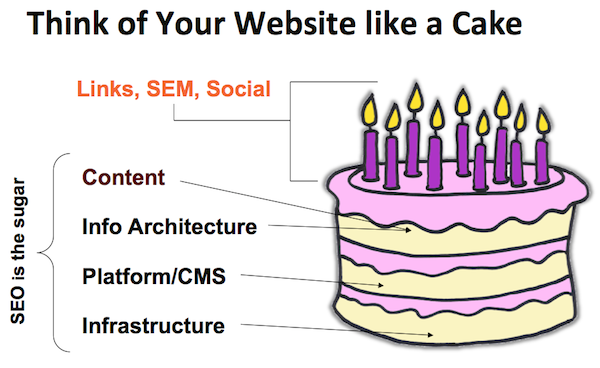SEO experts are always happy to tell you how to improve your website, and maybe get some more conversions while your at it, but you don’t tend to hear much about what people are doing wrong. Maybe the SEO community is more positive than I’ve ever noticed, but we tend to prefer telling you what you can do better to telling you how you’re messing up.
Well today we’re going to change that, with some help from Inessa Bokhan. Sometimes it is just easier to tell people what not to do, and quickly put an end to these bad practices. She chose 17 of the most common mistakes website owners have been making for years, and I’m highlighting the worst offenders here.
One of the worst crimes you can commit as a site manager or content creator is ignoring your readers. It is so common for blog posts to go up, and the author to just vanish afterwords having moved onto new ground, even when readers are asking questions in the comments. Why would you just leave them hanging?
Creating content isn’t the whole process. We create content because Google likes it, yes, but you should also just be trying to attract real people with interesting information and a great site. Once you have those people on your site, you should be trying to keep them around as much as possible, and the best way to do that is simply interacting with them. Answer their questions, cement your reputation, and help foster a dialogue.
Another “sin” which personally drives me crazy is the constant use of registration when it isn’t necessary. There are so many times I’ve tried to read a random article, look at a picture, or register in order to leave a comment. The ability to register through Facebook or Twitter eases this problem as it doesn’t feel like such an invasion of privacy, but why would any web owner expect me to give them my private information just to see their content?
Some website owners just can’t help but turn off their “sell” switch, and “hide” advertising throughout their content.This can come in many forms, such as misleading links making you think you are on your way to a nice concise article, only to end up being offered a webinar, e-book, or even paid consulting.
As Bokhan points out, misleading links won’t even help if you have a pay-per-click campaign. Your audience will just leave. There are also those that simply break up their content with ads for those types of resources. This is a better solution than misdirection, but it is a personal annoyance to me to be distracted or have my train of thought misdirected with irrelevant paragraphs with similar formatting suddenly selling me a product.
These all lead me to the biggest mistake any website can make: lying to their customers. On the web, your customers make you or break you. Google is refined enough now that they can even identify when you are lying to your customers, and they will too. The worst case scenario is customers see through your lies immediately, and you go nowhere. The worst case is you temporarily fool them, are found out, and your reputation is destroyed through social media and forums.
Every business should be putting their customers above all else, and this is especially true on the internet where one bad customer interaction can lead to a fiasco.








